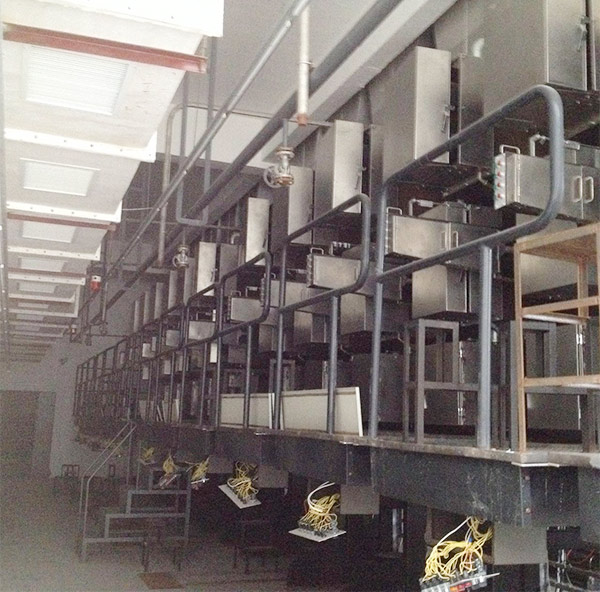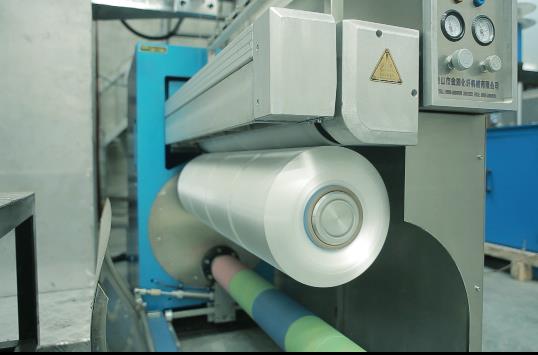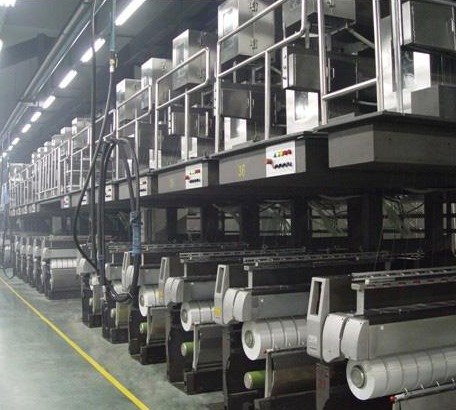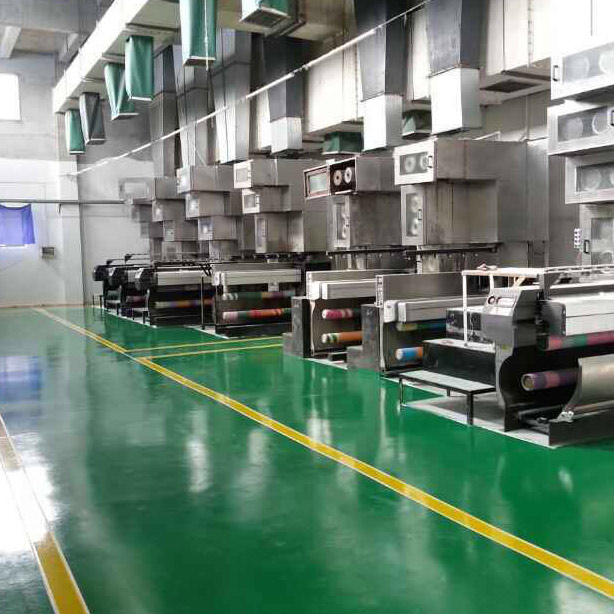- Polypropylene spinning machine
- Polypropylene FDY equipment
- Polyester POY spinning machine
- Polyamide FDY common and high strength equipment
- Polyester FDY equipment
- Polyester high strength equipment
- polyester、Polyamide、 Polypropylene BCF equipment
- Small spinning machine
- All kinds of spinning special parts
- Polypropylene FDY spinning machine is a key equipment for the production of high-performance fibers
- Several silk textile industry renewal projects in Shengze have started construction
- The Winter Solstice marks the rise of Yang energy. In Fubon spinning machines, the Winter Solstice code is revealed, a dialogue of craftsmanship spanning a thousand years
- The establishment conference of Guangzhou Modern Textile and Garment New Quality Productivity Research Institute and the co-construction conference of the textile industry innovation ecosystem were held
- The key points of control in the polypropylene FDY spinning machine process and their relationship with quality

- Contact:Mr. Huang Guofu
- Cel:0086-13901505556
- Fax:0086-519-83341119
- Email:czfb5556@126.com
- Add:No. 288-8 ChangLi Rd, Huangli Town, Changzhou, JS PRV.
Recently, the fourth National Conference on the Development of textile and garment academic journals was held.
High-level scientific and technological self-reliance and cultural soft power promotion call for high-quality local academic journals, and what problems should be solved in their own construction? Recently, the fourth National Conference on the Development of Textile and Garment Academic Journals was held, and more than 60 representatives of textile college journals, textile journals and authoritative database institutions from more than 10 provinces and cities across the country gathered at Donghua University to provide "reference answers" for the construction of professional subject journals.
The building of high-level journals with global influence is inseparable from the improvement of the overall level of relevant journal groups. The accelerated development of the era of digital intelligence has brought opportunities and challenges to the construction of journals and the intensive development of journal groups. Ni Yangsheng, president of the China Textile and Garment Education Society, the organizer of the conference, pointed out that the overall number of textile and garment journals is not large compared with other industry journals in the country, but the task is very heavy. Li Qizheng, president of Zhejiang Sci-Tech University Magazine and Secretary-General of the International Silk Union, believes that in the face of the challenges and opportunities of AIGC(artificial intelligence content generation), textile journals need to work together to establish proprietary knowledge processing in the textile field and enhance the large language model, forming an ecological closed loop of content-tool-platform - industry.
Journals rely on discipline and industry support, but more importantly, they should feed back and lead the development. Zhang Hongling, director of the Journal Department of China Textile Engineering Society, believes that "Journals provide support for academic innovation, and academics provide power for the development of journals." One of the shortcuts is to quickly build a reputation for a journal and connect with experts in disciplines and industries through high-end academic conferences."
"Whether a journal is good or not depends on whether the best articles are published here." Facing the tuyere of the journal, the participants kept calm thinking. Under the policy spring breeze such as the "China Science and Technology Journal Excellence Action Plan", a number of high-level academic journals of textile and garment have constantly sought their own "ecological niche" in the fierce competition and won an international reputation. For example, the impact factor of Advanced Fiber Materials of Donghua University exceeded 16 shortly after its founding, ranking among the top materials science journals in the world. "Evaluation is not a number. We need to establish a scientific evaluation system." Chen Zhigang, executive deputy editor of the journal, believes that fiber textile journals should pay more attention to the cutting-edge progress of basic research and cross-disciplinary applications, especially the transformation research that can solve the bottleneck problems.
Declaration: The content and template of this article are organized from the network, and the copyright belongs to the original author. If there is infringement, please inform in time and contact to delete.
- Several silk textile industry renewal projects in Shengze have started construction
- Polypropylene FDY spinning machine is a key equipment for the production of high-performan
- The Winter Solstice marks the rise of Yang energy. In Fubon spinning machines, the Winter
- The establishment conference of Guangzhou Modern Textile and Garment New Quality Productiv
- The key points of control in the polypropylene FDY spinning machine process and their rela
- A Guide for Managers to Break Through: Empowerment Rather than Control: Helping Enterprise
- The 2025 Textile and Garment Innovation Annual Conference and the Gongqingcheng Down Indus
- The technological upgrade of polypropylene FDY spinning machines empowers the production o
- Textile News: Full-chain Efforts + Cross-border Breakthroughs + Talent Foundation - The Te
- The 2025 China Home Textile Fashion Innovation Conference grandly kicked off in Binzhou




